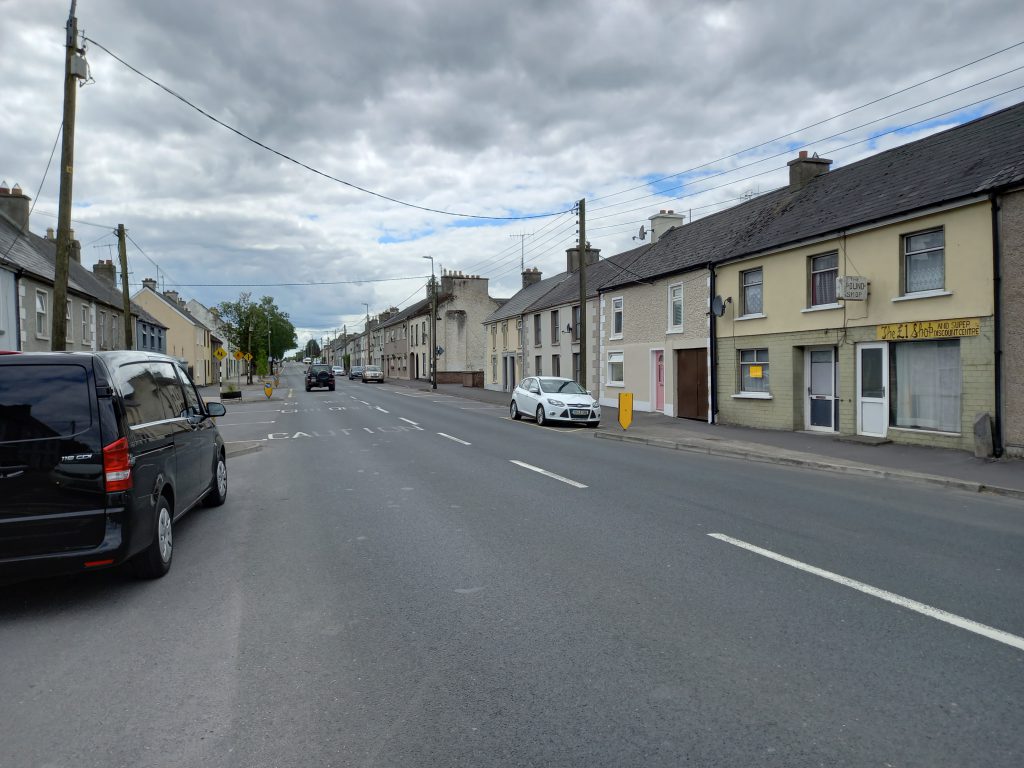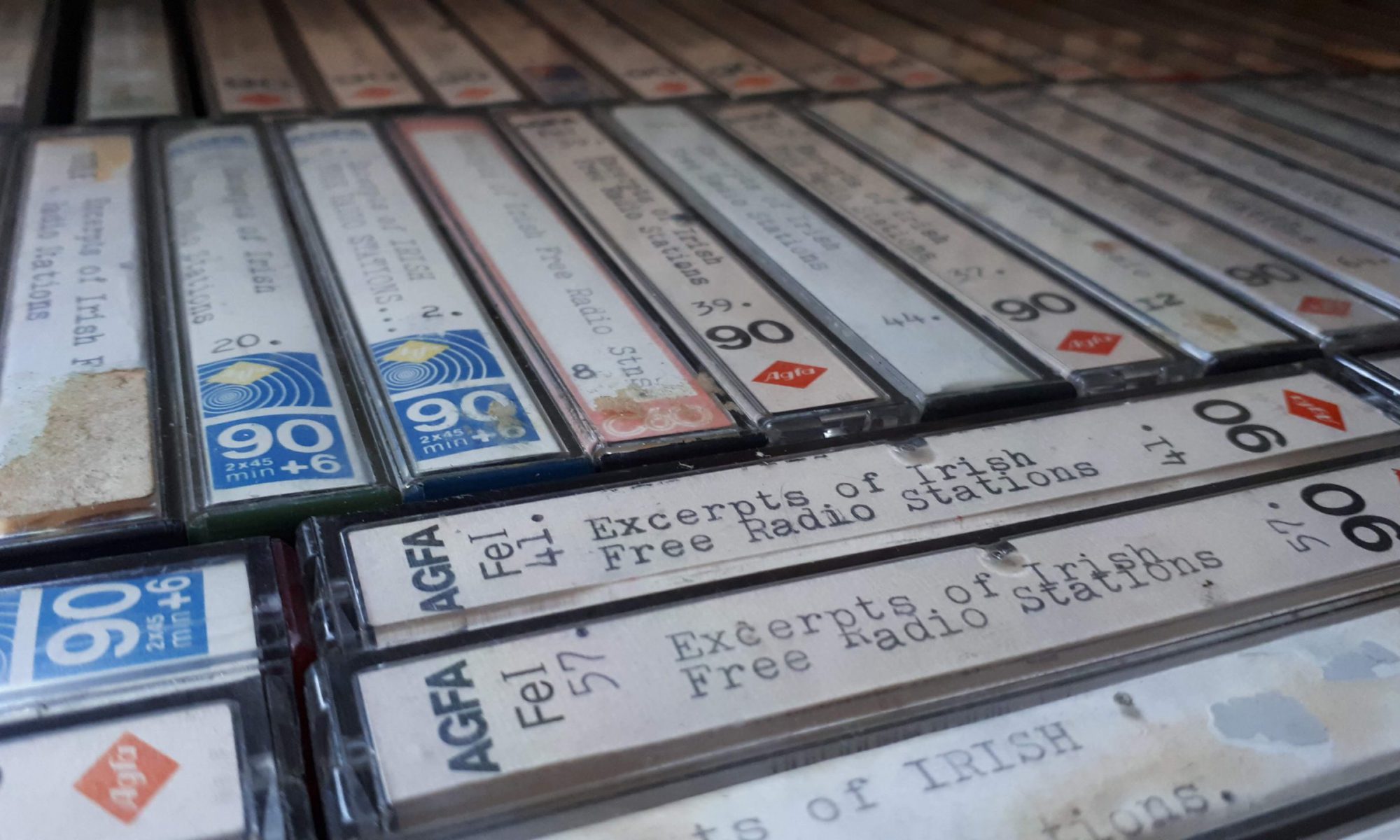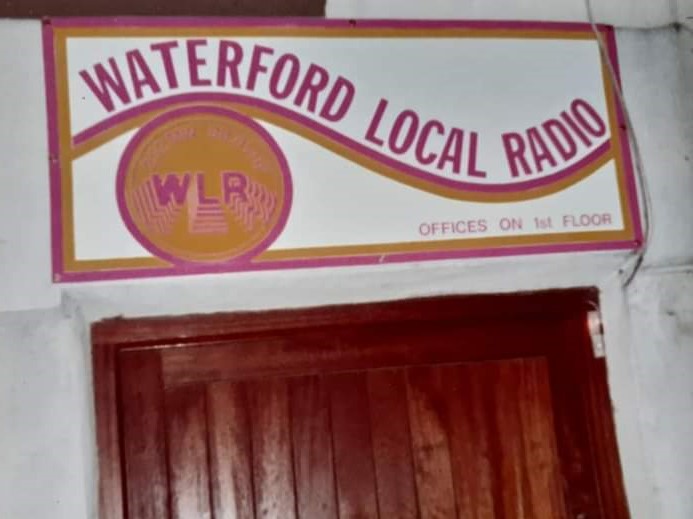Podcast: Play in new window | Download

Laois Community Radio (LCR) broadcast from the town of Mountrath in Co. Laois from 1982 to 1988. It was first logged by DX Archive in April 1982 on 1160 kHz, slightly off-channel. It later moved to 1170 kHz before settling on 1242 kHz from late 1986 onwards, where it remained until the closedowns at the end of 1988. LCR was one of a small number of pirates that broadcast right up to the midnight deadline on December 31st. FM frequencies logged over the years included 88.8, 102.3 and 102.8 FM. This short recording of LCR was made on 26th February 1983 from 1306-1320. The DJ is unidentified.

The recording of LCR is from the Leon Tipler Tapes Collection, donated to us by Steve England.




